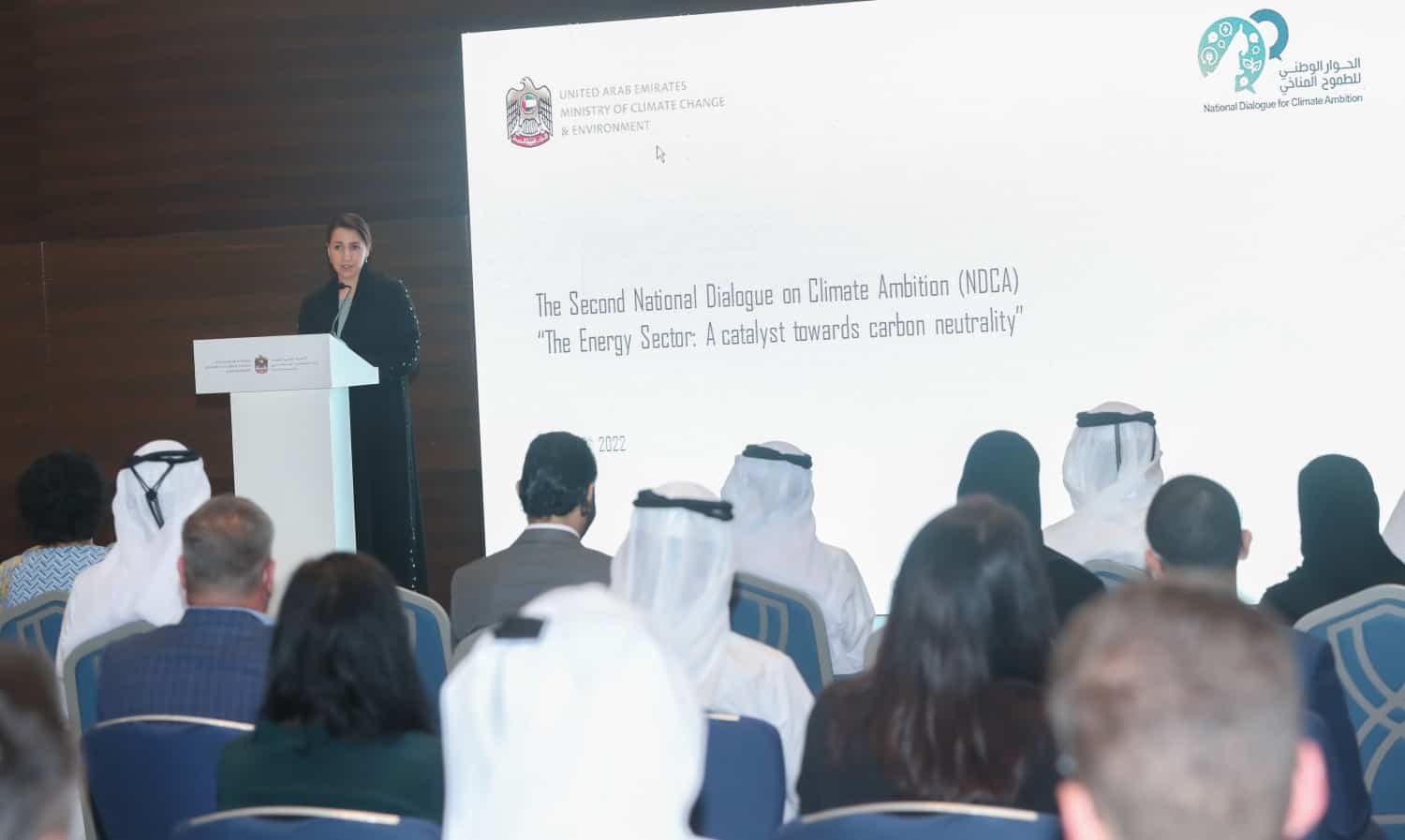To reach their climate change targets, many nations are looking to engage in carbon markets that help mobilize resources and lower costs, allowing countries and enterprises to facilitate the transition to a low carbon economy.
With the fast development of innovative digital solutions and the new worldwide carbon market becoming a reality, the Middle East is projected to help other nations outside the region reach their carbon-neutral targets. Simply, since MENA countries are a significant global green hydrogen supply source.
It is estimated that trading carbon credits could cut the cost of implementing national contributions to combat climate change by more than half – up to US$ 250 billion by 2030. Over time, carbon markets are expected to become redundant as each net-emitting country reaches Zero, eliminating the need for emissions trading rights.
Carbon emissions in the Middle East
During the pre-Covid era, when the pandemic caused worldwide economic paralysis and resulted in a significant decline in greenhouse gas emissions, global carbon emissions spiked.
In 2021, global carbon dioxide emissions will be only 0.8 percent lower than in 2019, according to a study by the “Global Carbon Project,” a group of worldwide scientists studying global carbon “budgets.” Although emissions from coal consumption will rise above pre-pandemic levels, they will still fall short of the record levels set in 2014.
As may be expected, the UAE emits about 55 tons of carbon per person yearly, more than double the US’s annual per capita emissions of about 22,000 tons. It is currently being prepared for the challenge of global warming and the rapid rise of the carbon market. A ‘green’ image has been given to several nations in the MENA during the past several years, with billions of dollars invested in the clean technology industry.
5 steps to achieve carbon goal
Bain & Company Managing Partner Tom De Waele and Leader of the company’s Global carbon transition Impact Area Torsten Lichtenau released a report titled: “5 Steps for Middle East Companies to Achieve Carbon Ambition”.
The report mentioned that UAE and Saudi Arabia are spearheading decarbonization efforts in the Middle East by encouraging enterprises to minimize their carbon footprint.
While 2021 was about setting goals, the report shows that 2022 and beyond will be about achieving and monetizing these goals.
On the other hand, climate change has overwhelmed many CEOs. As a result, there’s no shortage of headlines highlighting the trillions of dollars needed to green the economy and the opportunity to expand green product demand.
Yet translating ambition into reality is complex. Thirty-one percent of corporations missed the absolute scope 1 and 2 targets they set for 2020 via the Carbon Disclosure Project, despite these emissions being the most controllable and the first levers to address them being economically viable.
Companies that fulfill their decarbonization goals do five things correctly; the report mentioned as follows:
- Prioritize adaptability
Companies need clarity, not more climate scenarios. They must also monitor for future rules and technological improvements.
Best-in-class companies adjust their strategies. Winners drive the delivery schedule (what has been committed and must be delivered) and the development plan (what needs to be advanced).
- Anticipate investor unease
Investors and lenders are discerning about decarbonization expectations. However, they may not compromise on near-term gains, as the report advised. Green aims and growth and return expectations often conflict and trade-offs are perceived. CEOs must improve investor communication.
- Decarbonize customer-back
In many sectors, most emissions come from customers using companies’ products. Successful climate shifts begin with the customer and work backward via offerings, operations, and the supply chain.
- Collaborate for results
Carbon transition is too enormous for any company to handle alone, and companies must engage customers, suppliers, peers, governments, and civil society. Executives must determine where to collaborate vs. compete, choosing the few partnerships that matter. They should form relationships across the value chain, with peers, or with NGOs to drive change.
- Create “net heroes” in middle management
Investors, the board, and significant customers convince top management of the need for substantial decarbonization. Green credentials are a big draw for new hires. However, companies may lack dedicated middle management. Middle managers become caught when asked to give ESG KPIs along with revenue, cost, and safety KPIs.
How can they achieve net-zero? Effective green middle management requires knowing which decisions to make and how to resolve trade-offs. The company must be trained, mentored, and aligned to set realistic goals.







